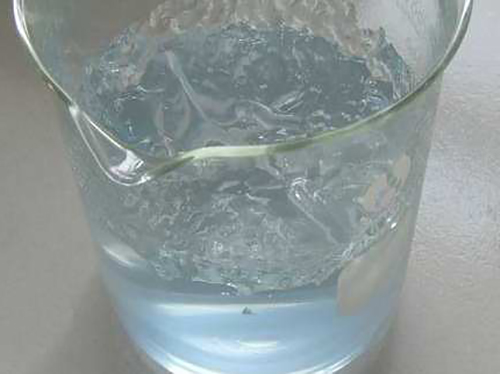Exploring the Applications of Polyacrylamide Flocculants in Wastewater Treatment and Environmental Management
Polyacrylamide Flocculant in Water Treatment An Overview
Water treatment is a vital process in ensuring that the water we consume and use in industries is safe, clean, and suitable for various applications. One of the effective agents in the realm of water treatment is polyacrylamide (PAM), a synthetic polymer that has gained prominence due to its excellent flocculating properties. This article delves into the role of polyacrylamide flocculant in water treatment, exploring its benefits, applications, and considerations.
Understanding Polyacrylamide
Polyacrylamide is a water-soluble polymer that can be formulated in various forms such as anionic, cationic, and non-ionic, depending on the charge of the polymer chain. The choice of type is crucial as it influences the behavior of the flocculant in different water treatment scenarios. Anionic polyacrylamides are typically used in solutions that require coagulation of positively charged particles, while cationic types are more effective for negatively charged impurities.
Mechanism of Action
The flocculation process involves aggregation of smaller particles into larger flocs, which can then be easily removed from water. PAM enhances this process by bridging the particles together, thus increasing the size and weight of the flocs. This makes them more likely to settle down during sedimentation or to be filtered out effectively. The mechanism can be summarized in three key steps adsorption of the polymer onto the particle surface, formation of a bridging network, and growth of the flocculant particles.
Applications in Water Treatment
Polyacrylamide flocculants are widely utilized in various water treatment applications
1. Municipal Water Treatment PAM is used to remove suspended solids and organic materials from drinking water sources. Its effectiveness in reducing turbidity makes it an essential component in the purification process.
2. Industrial Wastewater Treatment Industries such as mining, paper manufacturing, and textiles produce significant amounts of wastewater that require treatment before discharge. Polyacrylamide aids in the removal of contaminants, thus enhancing the quality of effluent released into the environment.
polyacrylamide flocculant water treatment

3. Sludge Dewatering In wastewater treatment plants, PAM is employed to improve the dewatering process of sludge. By flocculating the solid particles in sludge, it allows for efficient removal and reduces the overall volume of waste that requires disposal.
4. Agricultural Benefits Beyond traditional water treatment, PAM is also used in soil stabilization and erosion control in agricultural practices. Its ability to improve water retention in soils contributes to sustainable agricultural methods.
Advantages of Polyacrylamide Flocculants
The use of polyacrylamide in water treatment presents numerous advantages
- Efficiency PAM flocculants can significantly reduce sedimentation times and enhance the overall efficacy of water treatment systems. - Cost-Effectiveness Compared to other flocculants, PAM tends to be more cost-effective, making it accessible for various applications. - Versatility With its different formulations, polyacrylamide can be tailored to meet specific treatment needs, catering to unique water characteristics.
Considerations and Environmental Impact
While polyacrylamide flocculants are highly effective, it is essential to consider their environmental impact. The degradation products of PAM can pose risks if not managed appropriately. Therefore, it is crucial to adhere to guidelines and regulations governing the use and disposal of polyacrylamide to mitigate any potential adverse effects on aquatic ecosystems.
Conclusion
In conclusion, polyacrylamide flocculants play a significant role in modern water treatment processes. Their ability to enhance particle removal, improve water quality, and contribute to sustainability makes them invaluable in both municipal and industrial applications. As water treatment challenges evolve, the continued research and development of polyacrylamide formulations will be vital in addressing the global demand for clean water.
-
The Power of Isothiazolinones in Modern ApplicationsNewsMay.08,2025
-
Flocculants in Water TreatmentNewsMay.08,2025
-
Flocculants and Chemical Solutions: What You Need to KnowNewsMay.08,2025
-
Flocculants and Chemical Solutions: A Growing IndustryNewsMay.08,2025
-
Essential Chemicals: Polymaleic Anhydride and MoreNewsMay.08,2025
-
Acrylic Polymers: Essential Solutions for IndustryNewsMay.08,2025





